GET DRESSED!
Canales spotlights 10 distinct historical events or periods, among them the Greek Olympics, Tang-era China, the Inca state, and the French Revolution. Each spread depicts a crowd of people; at the bottom of the spread, the author lists four groups of people (for the Edo era, for instance, samurai, geishas, kabuki actors, and firefighters; for the roaring twenties, children, factory workers, flappers, and jazz musicians). Twelve accessories or apparel items are labeled, but for each of the four groups, one of the items is incorrect. The following pages go into more detail, explaining that during the roaring twenties, children wore Peter Pan collars and zip-up clothes but not long pants and that factory workers sported flat caps and house aprons but never hooped skirts, which could easily get caught in the machinery. Some anomalies are easy to spot; others are trickier. Canales’ concise, informative captions offer key facts and ask readers to actively participate, imagining what people might have worn in these eras; many readers will be spurred on to further research. Carefully composed, animated illustrations repay close scrutiny. This one isn’t just for fashionistas; it will appeal to anyone interested in world or art history. Canales concludes by speculating about what apparel people of the future might wear and identifying museums with well-known clothing collections.


Canales spotlights 10 distinct historical events or periods, among them the Greek Olympics, Tang-era China, the Inca state, and the French Revolution. Each spread depicts a crowd of people; at the bottom of the spread, the author lists four groups of people (for the Edo era, for instance, samurai, geishas, kabuki actors, and firefighters; for the roaring twenties, children, factory workers, flappers, and jazz musicians). Twelve accessories or apparel items are labeled, but for each of the four groups, one of the items is incorrect. The following pages go into more detail, explaining that during the roaring twenties, children wore Peter Pan collars and zip-up clothes but not long pants and that factory workers sported flat caps and house aprons but never hooped skirts, which could easily get caught in the machinery. Some anomalies are easy to spot; others are trickier. Canales’ concise, informative captions offer key facts and ask readers to actively participate, imagining what people might have worn in these eras; many readers will be spurred on to further research. Carefully composed, animated illustrations repay close scrutiny. This one isn’t just for fashionistas; it will appeal to anyone interested in world or art history. Canales concludes by speculating about what apparel people of the future might wear and identifying museums with well-known clothing collections.


























![How To Launch, Grow, and Scale a Community That Supports Your Brand [MozCon 2025 Speaker Series]](https://moz.com/images/blog/banners/Mozcon2025_SpeakerBlogHeader_1180x400_Areej-abuali_London.png?auto=compress,format&fit=crop&dm=1747732165&s=beb7825c980a8c74f9a756ec91c8d68b#)
![Clicks Don’t Pay the Bills: Use This Audit Framework To Prove Content Revenue [Mozcon 2025 Speaker Series]](https://moz.com/images/blog/banners/Mozcon2025_SpeakerBlogHeader_1180x400_Hellen_London.png?auto=compress,format&fit=crop&dm=1747758249&s=9f3c5b1b7421f862beace1cb513053bb#)
![How To Create an Integrated Strategy That Increases Brand Mentions and Visibility [Mozcon 2025 Speaker Series]](https://moz.com/images/blog/banners/Mozcon2025_SpeakerBlogHeader_1180x400_JamesH_London.png?auto=compress,format&fit=crop&dm=1747780409&s=9bf9f0a2623b4a8be6eaf8f235115505#)




.png)




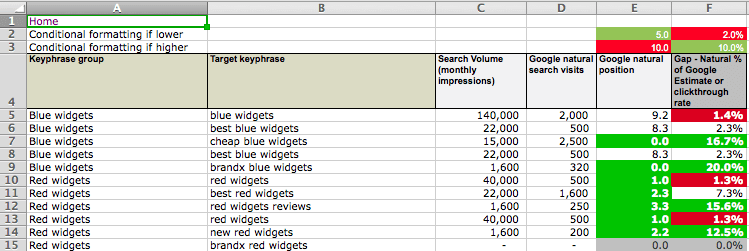
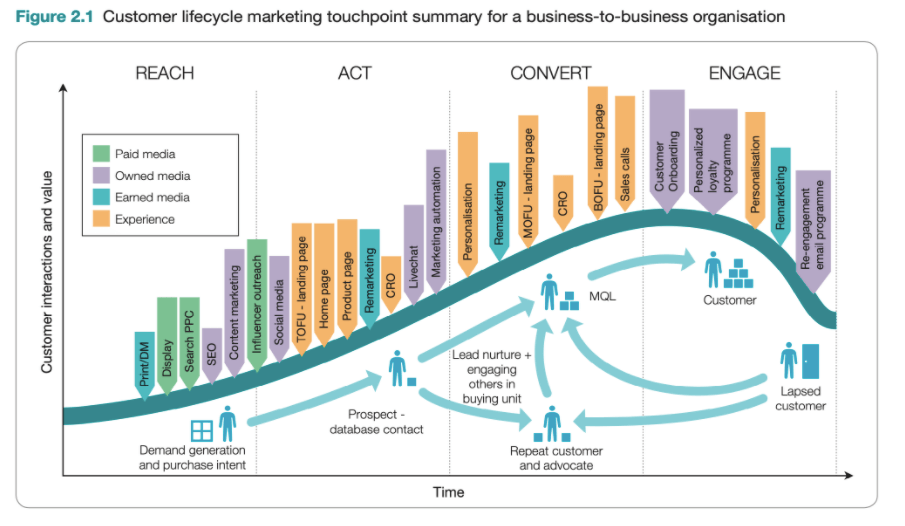











![The 11 Best Landing Page Builder Software Tools [2025]](https://www.growthmarketingpro.com/wp-content/uploads/2024/04/best-landing-page-software-hero-image-1024x618.png?#)
















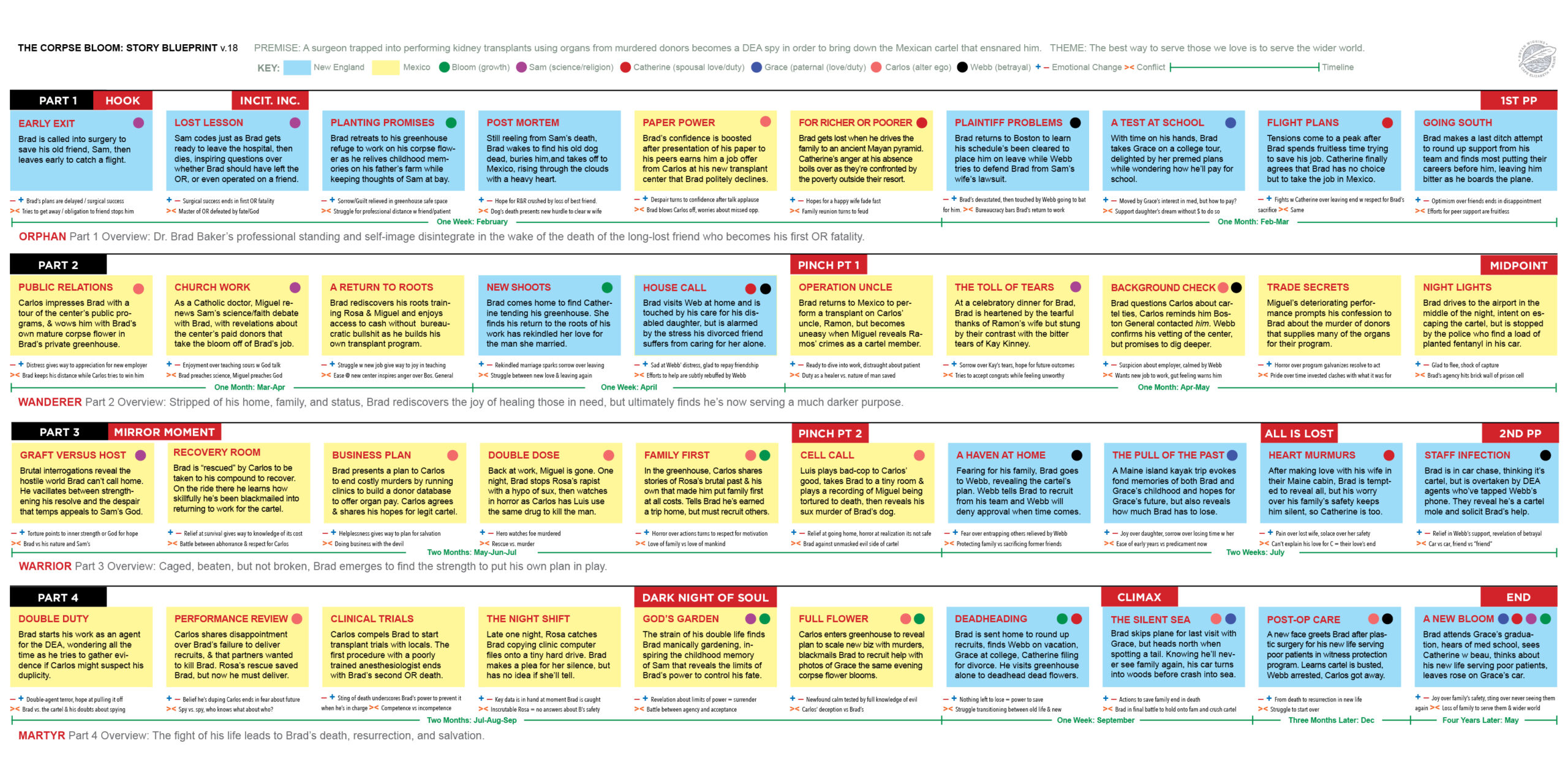
















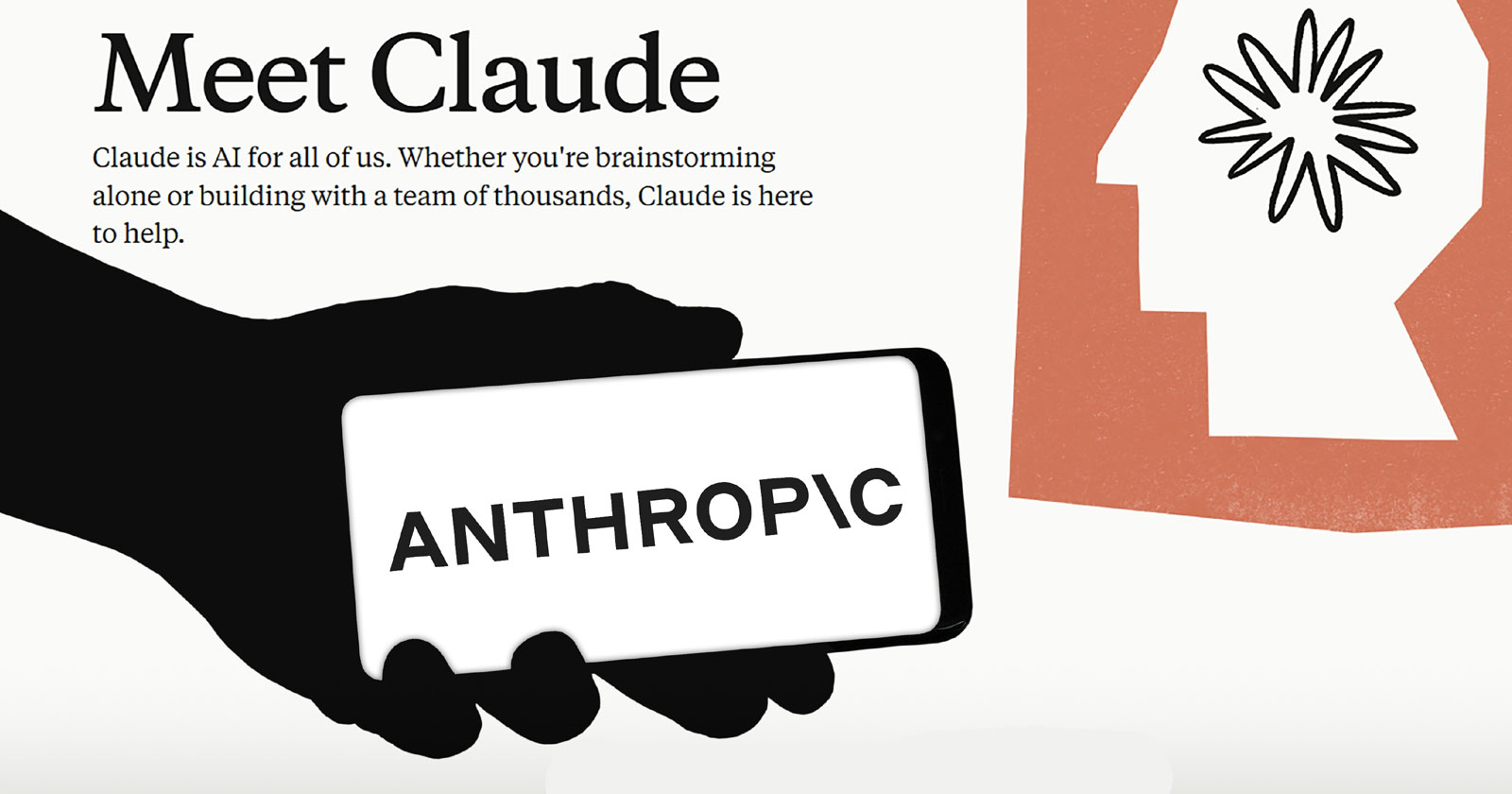
![What It Takes To Stay On Top Of Local Search In 2025 [Webinar] via @sejournal, @lorenbaker](https://www.searchenginejournal.com/wp-content/uploads/2025/06/3-559.png)
![How To Host Or Migrate A Website In 2025: Factors That May Break Rankings [+ Checklist] via @sejournal, @inmotionhosting](https://www.searchenginejournal.com/wp-content/uploads/2025/05/featured-508.png)

















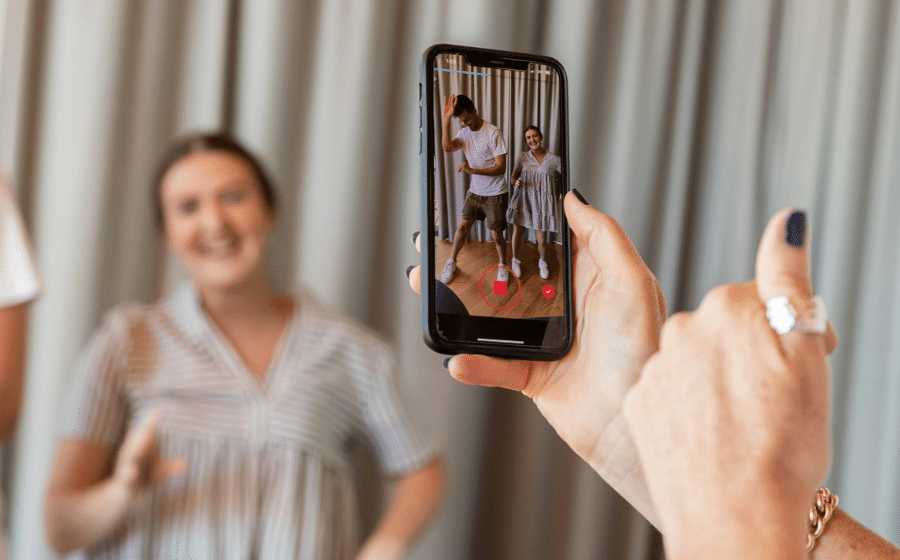

![These AI workflows can 10X your marketing productivity [+ video]](https://www.hubspot.com/hubfs/Untitled%20design%20-%202025-05-29T135332.005.png)








![Social media image sizes for all networks [June 2025]](https://blog.hootsuite.com/wp-content/uploads/2023/01/Social-Media-Image-Sizes-2023.png)


























